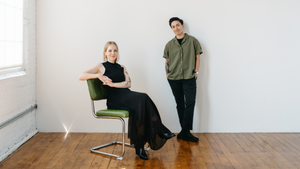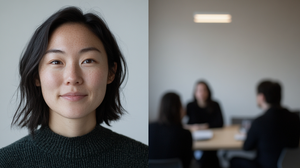Family Style is a brand studio founded by Hannah and Jess. They describe themselves as “not an army, just two humble assassins who slay in small spaces.” Operating out of their 150-square-foot studio, they specialize in creating brands with clear points of view that are designed for word-of-mouth growth.
They take a hands-on, in-house approach, working closely with passionate, customer-focused teams to develop creative strategies, brand identities, and scalable systems. Their work spans brand strategy, design, and art direction—all shaped by a deep understanding of their clients’ customers and industries.
What they do
Family Style helps brands sharpen their value and create strong, cohesive identities. Their impact is evident in collaborations like Lunchbox Entertainment, where they worked closely with co-founder Jack Wink to develop a clear brand vision and identity. By deeply understanding their clients’ industries, Family Style ensures that brands stand out and make more focused and strategic decisions.
Spotlight interview
Hannah and Jess were kind enough to answer several questions about brand, product design, and differentiation. They share a distinct perspective that’s especially valuable for product designers who want to integrate brand design into their work or transition into branding entirely.
Read on as we explore how branding can serve as a competitive moat in an era where AI has accelerated feature parity, making it easier than ever to copy products. Learn how to embed a brand’s point of view into interaction patterns, tone of voice, and feedback loops—reinforcing identity at every stage of the user journey. And for designers working in fast-moving startups with little to no branding, discover effective ways to create a distinct and recognizable product experience, even without a fully developed brand strategy.
Throughout our conversation, one idea remained clear: branding isn’t just a visual layer—it’s a fundamental part of the product experience, shaping how users perceive, engage with, and remember a company. The most defensible brands don’t just look distinct; they think distinct.
A sharp, ownable point of view isn’t just a differentiator—it’s a long-term competitive advantage.
Do you see branding becoming an even bigger competitive advantage in the future?
How do you see this shift evolving? What should companies prioritize in brand design to stay competitive?
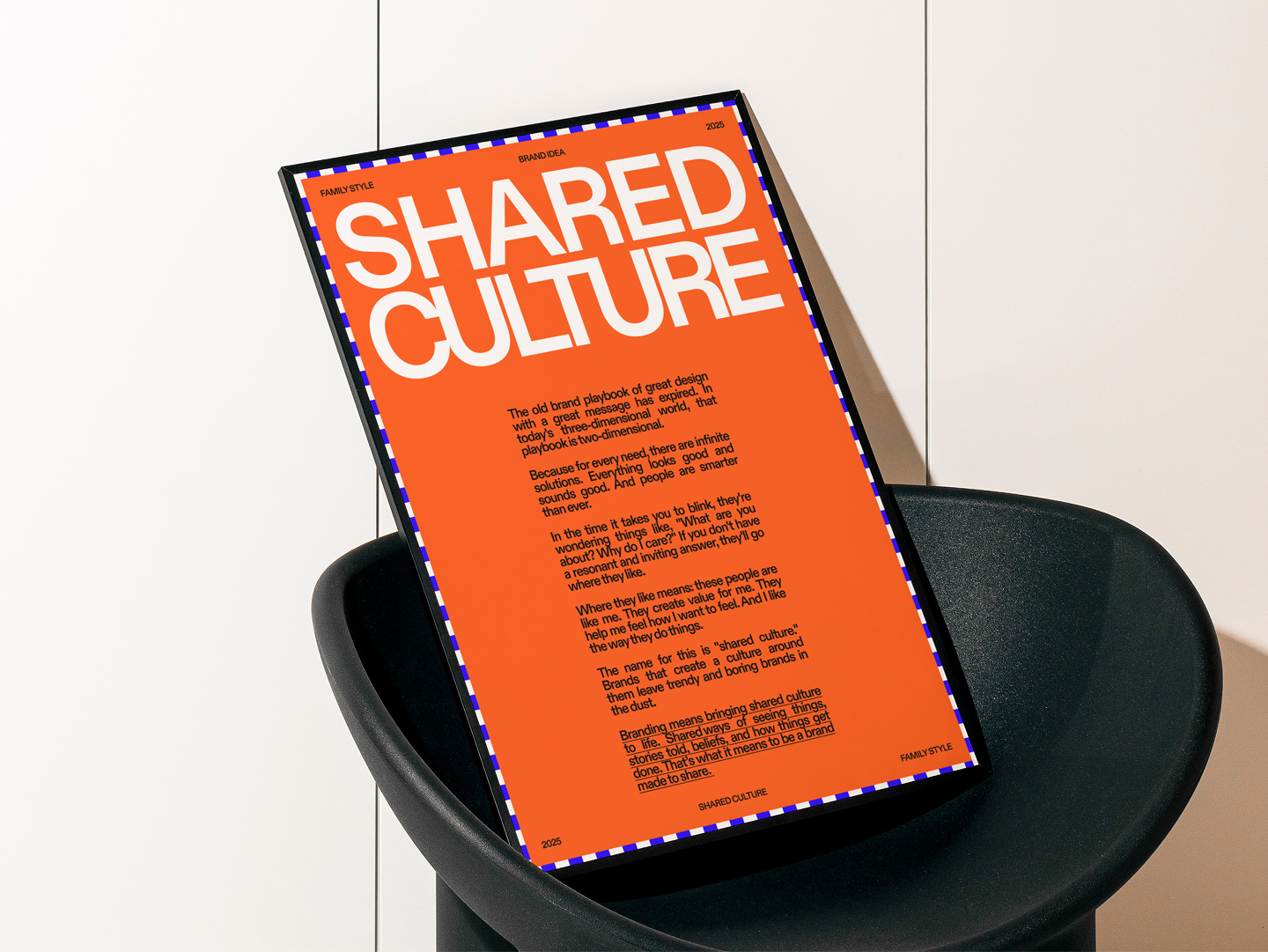
Branding has always been a differentiator, but many tech startups treated it as an afterthought. They didn’t need to because speed, scale, and being first were better strategies.
Now, AI has accelerated feature parity, making it easier than ever to copy products. What’s hard to copy today? A sharp, ownable POV.
To us, the real shift is in people catching up to the idea that brand is not just aesthetics. It’s a strategic throughline, woven into product, marketing, the business model, and customer experience. Strong branding makes a perspective tangible.
Want to stay competitive? Don’t just look distinct. Think distinct. Every touchpoint should reinforce what makes you irreplaceable. You’re building a moat around your product.
Companies that take branding seriously aren’t just designing assets; they’re embedding a unique POV into everything they do. That’s what creates long-term competitive advantage.
How can product designers effectively integrate brand design into software and digital products?
What elements make the biggest impact on differentiation and competitive advantage?
Many product designers we’ve worked with think that integrating ‘brand’ means bringing in colors or assets. That’s 20% of the work.
You already know our answer — the most competitive thing you can do is have a POV.
You can use your POV to ask: how would the product communicate this? How would it feel? Then you take this big decision, and bring it into your microdecisions. Focus on interaction patterns, tone, and feedback loops that reinforce the brand’s core idea.
For example, you can amplify emotional moments. Identify the points where users feel something (relief, excitement, frustration) and design to reinforce what you want. A celebratory screen at the end of a long flow. A moment of empathy in a complex process. It doesn’t have to be high production — a well-placed line of copy or a simple animation can be enough.
Take Mailchimp. Their brand started quirky and informal, and that comes through in every detail. Success messages aren’t just generic confirmations; you get a high-five from their mascot, Freddie. Microcopy swaps technical jargon for friendly, conversational language. Even error states soften frustration with humor or clever illustrations.
Many designers work in startups with little to no branding—what are some simple, effective ways to establish a cohesive and recognizable design system in that environment?
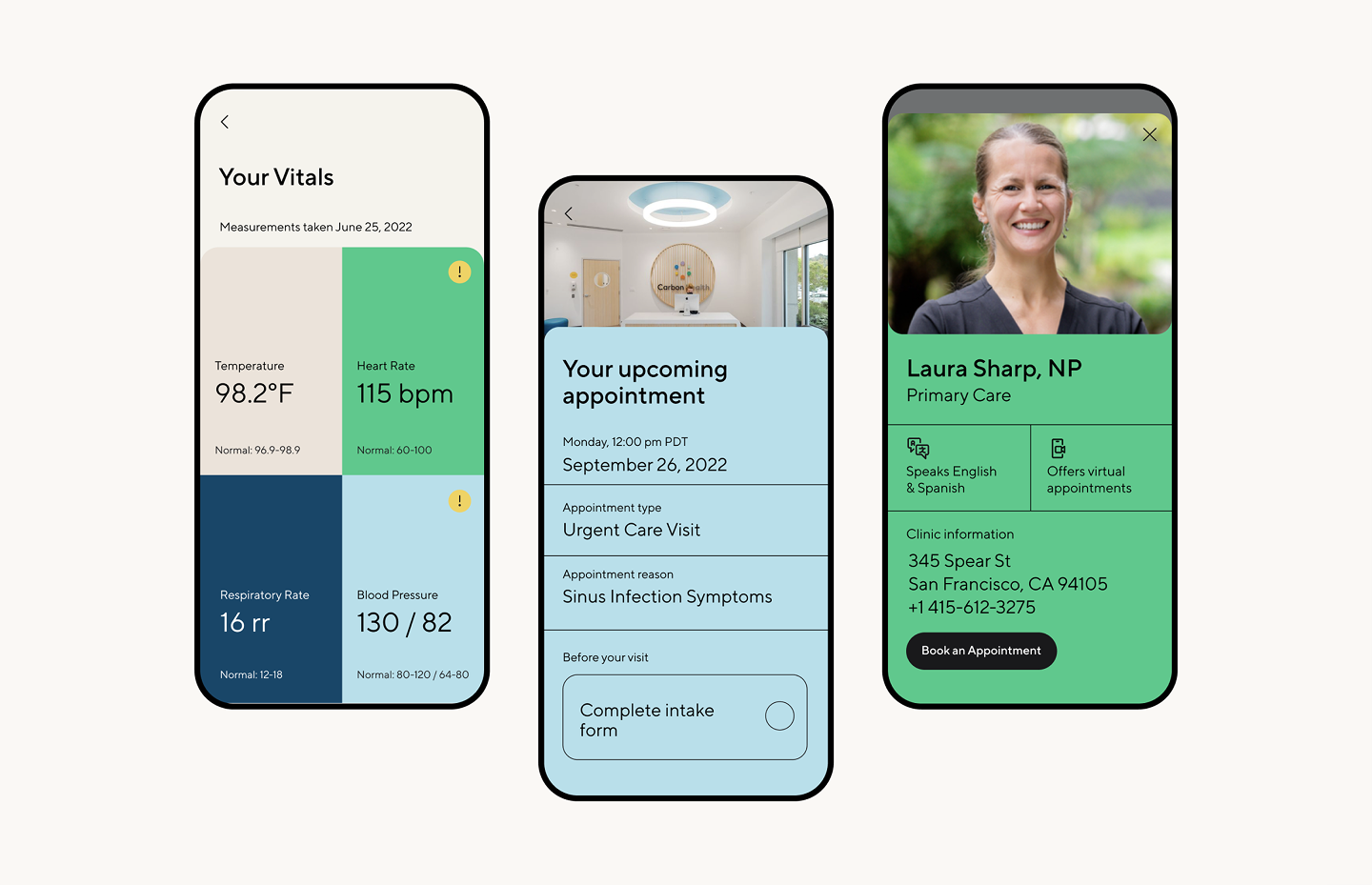
Start simple, but start with intention. If your company doesn’t have a brand POV, then think about brand as a set of recognizable choices.
You could start with how the product should feel — what are 3-5 attributes that best describe its tone, and what you want to evoke in users.
A quick way to sharpen this: list attributes you want to embody, then cross out the ones any competitor could claim. If you wrote “modern, friendly, intuitive” — so did everyone else. What’s left? Get specific.
With that, build. Pick a core color (not 8), a headline font, and a distinct tone. As you scale, layer in secondary elements like icons, illustration, motion, or unique layouts that all reinforce the tone. The goal isn’t to build a rigid system overnight; it’s to create enough distinction that people recognize you when they see it.
How can designers help startups lacking foundational brand strategy identify and reinforce an organizing idea?
Brand strategy is a coherent customer-facing business strategy, not just a differentiating visual strategy.
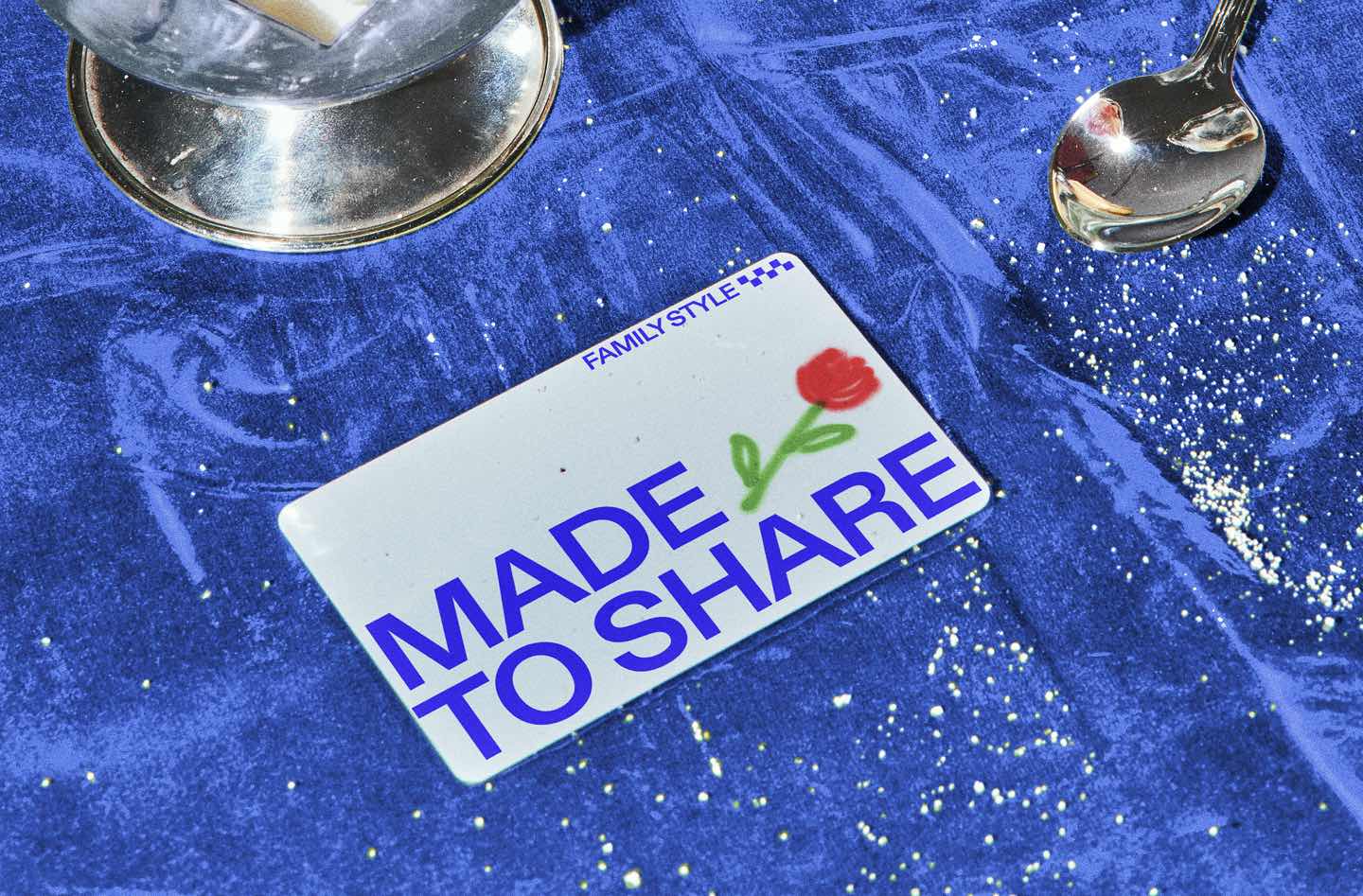
Something we deeply believe is that you don’t always have to start top-down. Often, amazing things happen bottoms-up.
Everybody already has a brand, they just don’t know it yet. It’s scattered across product choices, founder instincts, and early customer interactions. The job of early brand builders at a company isn’t to invent something new, but to find what already resonates and turn it into an unmistakable and compelling throughline.
Look for recurring themes in customer feedback, product experience, or even how the founders naturally describe the company. What phrases or emotions keep coming up? Sharpen and strengthen that.
This doesn’t mean overhauling everything — just making small, intentional shifts that align product, messaging, and design around a singular, compelling idea. A great brand strategy doesn’t feel forced; it feels like the business finally clicked into place.
How do you deeply understand a company’s essence to create a brand that makes people feel seen—like it truly gets them?
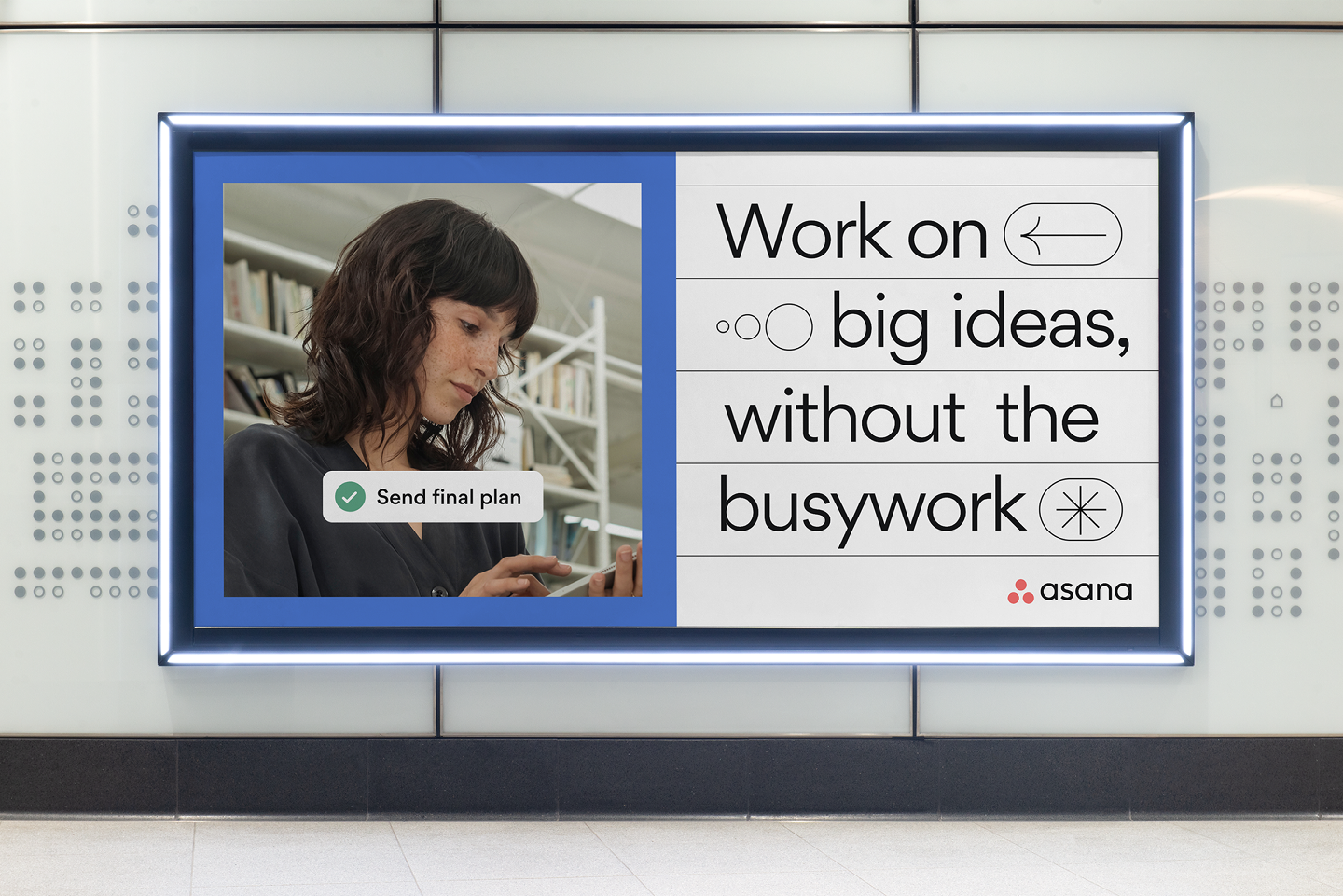
There’s a tension in this question: essence requires looking inward, but making people feel seen requires looking outward.
When we’re working on developing a brand idea, it is forged in the push-pull between the two perspectives.
You can’t just look inward and declare this is our brand. It makes for highly irrelevant communication. You also can’t just create something purely around what a customer wants to see. That makes for brands that feel flimsy, trendy, or worse, out of touch with where the market might be going.
So, going back to question four — listen, observe, and look for the moments where the customer, the business, and the future of the market feel totally in sync. Then pressure-test those moments. Are they fleeting? Superficial? Does this idea have business legs, not just creative ones?
When those three things align — customer, market, business — you get a brand that feels resonant.
What advice do you have for product designers who want to strengthen their brand design skills or transition into a branding-focused career?
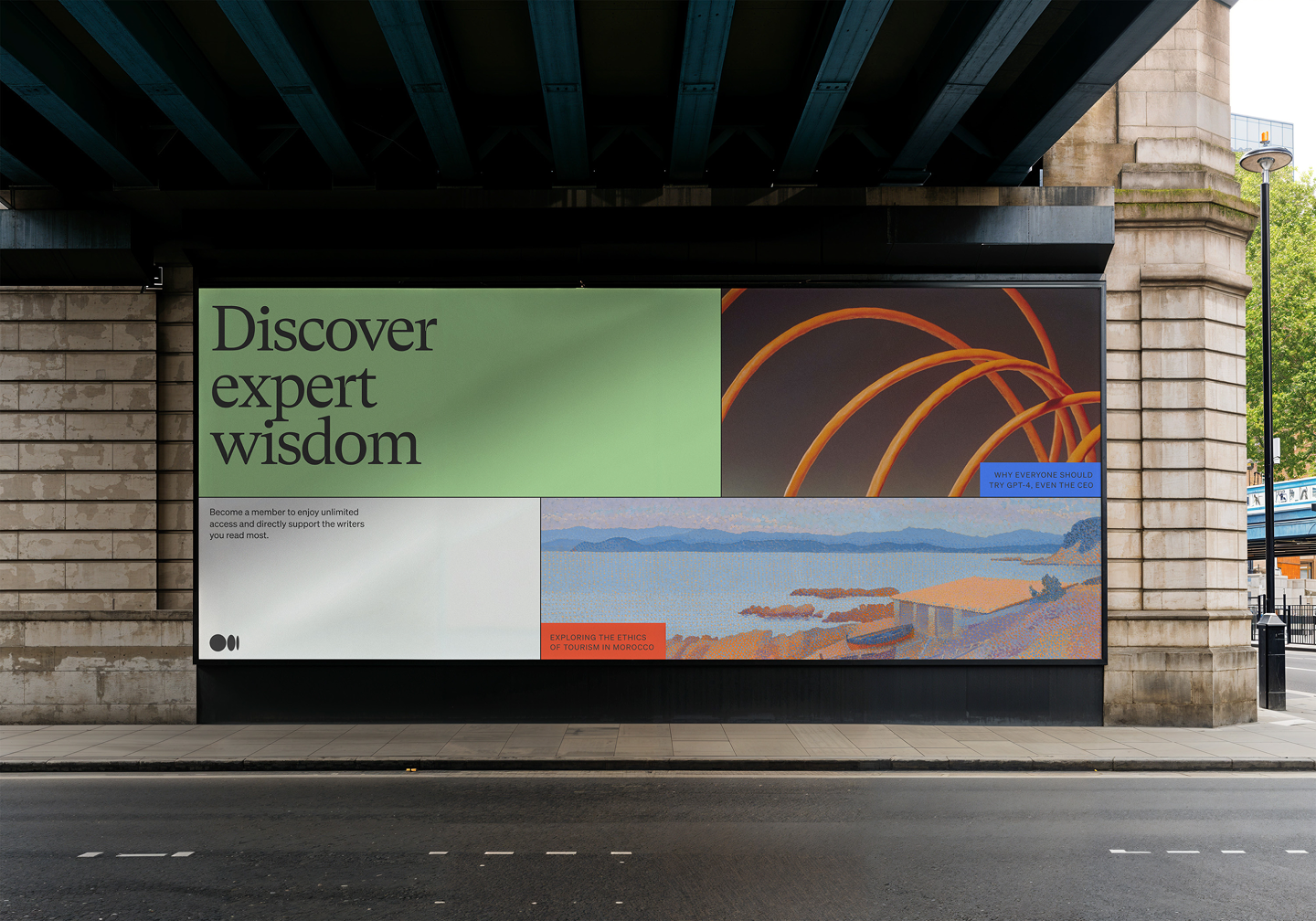
- Study the best. The best branding work is out in the open — case studies, books, and design breakdowns. Michael Bierut’s How To and David Airey’s Identity Designed are great places to start.
- Look for brand opportunities at your company. If you’re at a startup, branding is probably an afterthought. Step in, define missing elements, and create small brand moments within product design.
- Think beyond visuals. Brand design isn’t just about aesthetics — it’s about perception, emotion, and connection. Pay attention to language, tone, and the broader experience.
How do your personal values influence your work and the clients you choose to collaborate with?
We are very values-driven, so we can’t cover it all!
We can say this: value-creation and emotional depth is core to what we believe and how we work.
Value Creation: If brand work isn’t the right solution for a company, we’ll say so. If our services are overkill for where they’re at, we won’t sell them something they don’t need. Many of our intro calls turn into consultative sessions, helping founders break down what they need. And brand help isn’t always the answer. We want the brand work we do to be used as a tool for growth, not a bunch of outputs that get stored in a Google Drive somewhere.
Emotional Depth: With the speed of tech disruption right now, the world is looking for a counter-balance. We are having the most fun right now working with people who value customer connection and bringing emotion into brands and products as much as we do. As the world gets hyper-rational, we help bring the irrational.
Hannah and Jess’s insights highlight how branding isn’t just about aesthetics—it’s about embedding a distinct point of view into every touchpoint of a company’s product and experience. Whether you’re a product designer looking to integrate brand thinking into your work or a startup navigating branding with limited resources, their perspective offers a valuable reminder: the strongest brands don’t just look different, they think differently.
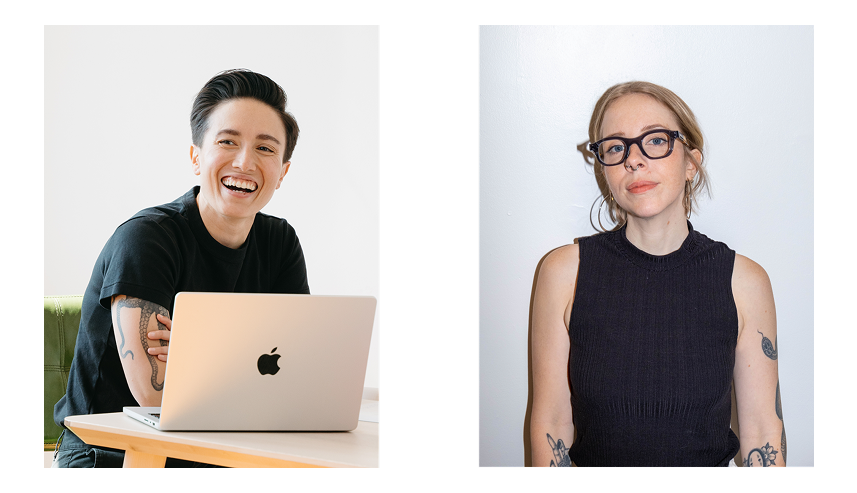
A huge thank you to Jess and Hannah for sharing their expertise and perspective. Their work at Family Style is a testament to the power of branding as a strategic and competitive advantage, and it’s clear that their thoughtful, hands-on approach is making a real impact. 👏

